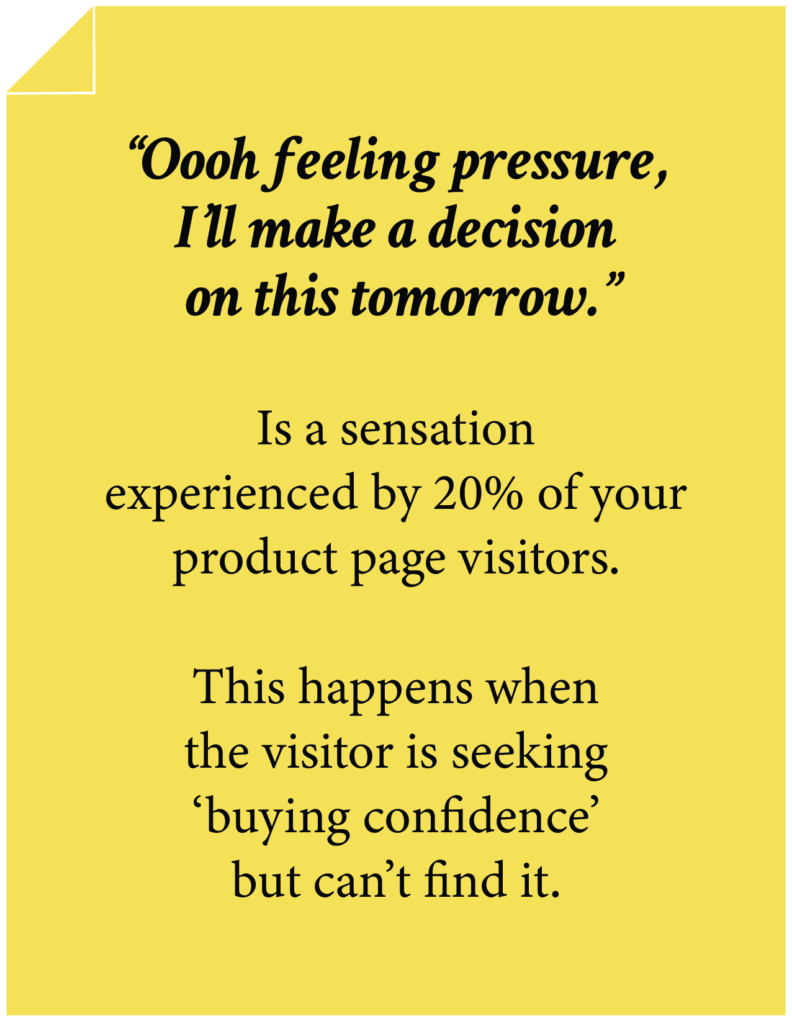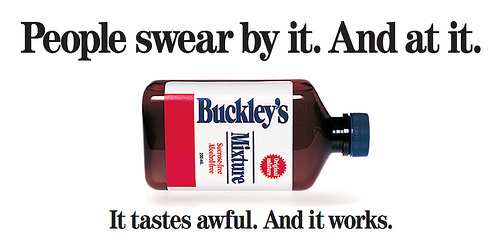Blog
Buyer Psychology Terms
Labor Illusion
Conventional wisdom and operations theory suggests that the longer people wait, the less satisfied they become; we demonstrate that due to what we term the labor illusion, when websites engage in operational transparency by signaling that they are exerting effort, people can actually prefer websites with longer waits to those that return instantaneous results—even when those results are identical. Source.
We use this technique in point 3 of our conversion copywriting process.
Pratfall Effect
Social psychologist Elliot Aronson stumbled onto an interesting insight in 1966. Here’s what he found: Highly competent individuals tend to become more likable after committing mistakes.
As DTC eCom businesses we work really hard to present a flawless image. But people (and by extension consumers) don’t want perfection– they want relatable. They want to buy from a human.
Showing yourself as a human increases the likelihood of them pulling the trigger on our site.
So, when describing your product don’t hesitate to mention wrong turns and mistakes.
We use this technique in point 3 of our conversion copywriting process.
Uniqueness Seeking
Uniqueness Seeking is a phenomenon that states consumers feel satisfaction from specialness. This means the people we are selling our product to need to feel special about the purchase. They should feel they’ve discovered something interesting– something that “not everyone” has access to. We use a nine-point conversion copywriting process and this Uniqueness Seeking is number 8 on that list.
Purchasing Anxiety
This is what the shopper feels when buying from a site they’ve never bought from before. This is why in your Google Analytics you see that 20% of engaged users clicked the Add to Cart button but only 1.4% ended up buying. The rest (20% minus 1.4% = 18.6%) didn’t buy because they were feeling some form of purchase anxiety.

You don’t have to lose this 18.6%. Think about it– if the buyer wasn’t in the market for your product they wouldn’t have come this far, if your price was totally ridiculous the buyer wouldn’t be hanging out on your cart page. What this means is that there is a small hesitation the buyer is having and the marketer needs to guess it and address it. Don’t worry we’ll reveal the solution in CHAPTER 3 (Conversion Copywriting).
Status Quo Bias
Is defined as a person’s innate preference for not doing something different from what they’re doing today. Over the years, a number of psychological studies have shown that when faced with a decision, the majority of people tend to stick with their status quo. So while you may think you are losing sales to an annoying competitor, in reality, you’re losing out to the shopper not taking any action at all. We use a nine-point conversion copywriting process and the strategy to fight Status Quo Bias is shared in item 6 of that list.
Message Sidedness
Two-sided messages are communications in which a source integrates both positive and negative sides of a product while favoring one side to persuade the audience. Source.
If you are looking for a more research-based description read this: What’s in a frame anyway?: A meta-cognitive analysis of the impact of one versus two-sided message framing on attitude certainty
Classic Two-Sided Message Example
A Canadian Cough syrup brand uses this line: It tastes awful. And it works.

This article by Miguel Ferreira has another two-sided message example: Two-sided messages: they sound stupid. And they work
Now that we’ve seen a few buyer psychology terms let’s look at how these apply to how shoppers behave online. That’s covered here.



